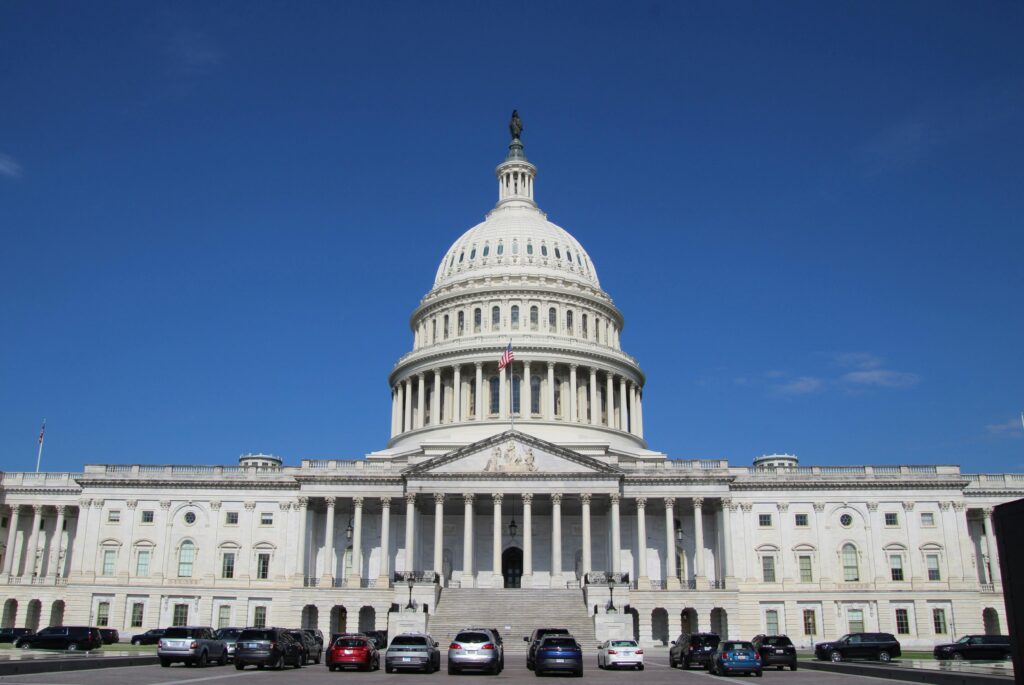Ever felt lost in the fine print of an insurance policy during a crisis? You’re not alone. Whether it’s a sudden coup, expropriation, or currency inconvertibility in a foreign market, political risk insurance is often marketed as your financial safety net. But what happens when you hit a wall because of policy limitations? If you’ve ever wondered why these clauses exist (and how to navigate them), this article will unpack everything you need to know.
In this guide, we’ll demystify political risk insurance and shine a light on its most notorious buzzkill—policy limitations. Expect actionable takeaways, insider secrets, and even a few rants about insurance jargon that makes us want to scream into our spreadsheets.
Here’s what’s coming up:
- Anatomy of Political Risk Insurance: Why It Exists
- Step-by-Step Guide to Spotting Policy Limitations
- Tips to Minimize Their Impact
- Real-Life Examples That Prove These Limits Matter
- FAQs for When You’re Doubting Everything
Table of Contents
- Key Takeaways
- Section 1: The Problem with Policy Limitations
- Section 2: How to Identify and Understand Limitations
- Section 3: Pro Tips for Managing Limitations
- Section 4: Real-World Lessons from Policy Holders
- Section 5: FAQs About Policy Limitations
Key Takeaways
- Policy limitations define what isn’t covered by political risk insurance—and they vary wildly between providers.
- Your understanding of exclusions can save you thousands in denied claims.
- Negotiating terms upfront helps mitigate policy limitations.
- Reading reviews and case studies provides valuable insights into provider reliability.
Section 1: The Problem with Policy Limitations
Let me start with a confession: Once, I recommended a client go all-in on a cheap political risk insurance plan without reading the small print. Fast forward six months—an election overturned local regulations, their assets were seized, and guess what? Their “comprehensive” policy had a clause excluding currency risks. Ugh.
So, why do policy limitations exist? Blame underwriting models and actuarial tables if you must, but at the end of the day, insurers need to protect themselves against catastrophic payouts. And while we get it intellectually, emotionally, these limitations feel like salt in the wound when disaster strikes.

Think of it like this: You wouldn’t expect car insurance to cover pre-existing damage, right? Similarly, every insurer has conditions that carve out non-covered scenarios—but unlike fender benders, geopolitical chaos tends to be messier.
Section 2: How to Identify and Understand Limitations
Optimist You: “I’ll skim through the document—it’s probably fine!”
Grumpy You: “Not so fast. Grab coffee, settle in, and read EVERY WORD.”
Step 1: Know Your Enemy
Start by asking yourself:
- What exactly am I insuring (e.g., physical assets, contracts, investments)?
- Which countries or regions are involved?
- What specific events am I worried about (e.g., terrorism, sanctions, confiscation)?
Most limitations fall into one of three categories:
- Geographic Exclusions: Certain high-risk areas may be excluded altogether.
- Event-Specific Exclusions: Wars, riots, pandemics—you might think they’re covered, but read carefully.
- Sublimit Clauses: Even within coverage areas, sublimits restrict how much you can claim per incident.
Step 2: Compare Providers

Not all policies are created equal. Some offer broader protections with fewer exclusions; others bury critical details deep in the appendices. Always request a sample policy before buying.
Section 3: Pro Tips for Managing Limitations
Okay, brace yourselves. Here comes some brutal honesty: No matter how diligent you are, there’s no such thing as a perfect policy. BUT, you *can* minimize blind spots:
- Talk to Brokers: They see hundreds of policies annually and know where the loopholes hide. Pay them for advice if necessary.
- Beware the Cheapest Option: Terrible tip alert! Skimping on premiums feels great until you realize you’ve traded essential coverage for pennies saved. Don’t say I didn’t warn you.
- Addendum Requests: Yes, negotiating terms is possible—if you have leverage. Don’t hesitate to ask for endorsements or riders to tailor the policy.
- Document Everything: Record compliance measures, correspondence, and any changes in circumstances. This proves invaluable during claims.
Section 4: Real-World Lessons from Policy Holders
Case Study Time! Meet Sarah—a mid-sized manufacturing firm owner who got burned by ambiguous definitions. She insured her factory against government seizure, only to find out later that “seizure” didn’t include regulatory delays causing her equipment to sit idle for months. Lesson learned? Definitions matter.
Contrast that with Mark, whose proactive approach paid off big time. By thoroughly comparing multiple quotes, he found a provider willing to add extra provisions for force majeure events. When floods devastated his supply chain overseas, those extra lines in his policy saved $500k in losses.
Section 5: FAQs About Policy Limitations
What happens if my claim falls under a policy limitation?
In most cases, the insurer denies the claim entirely unless otherwise stated in补充文本


